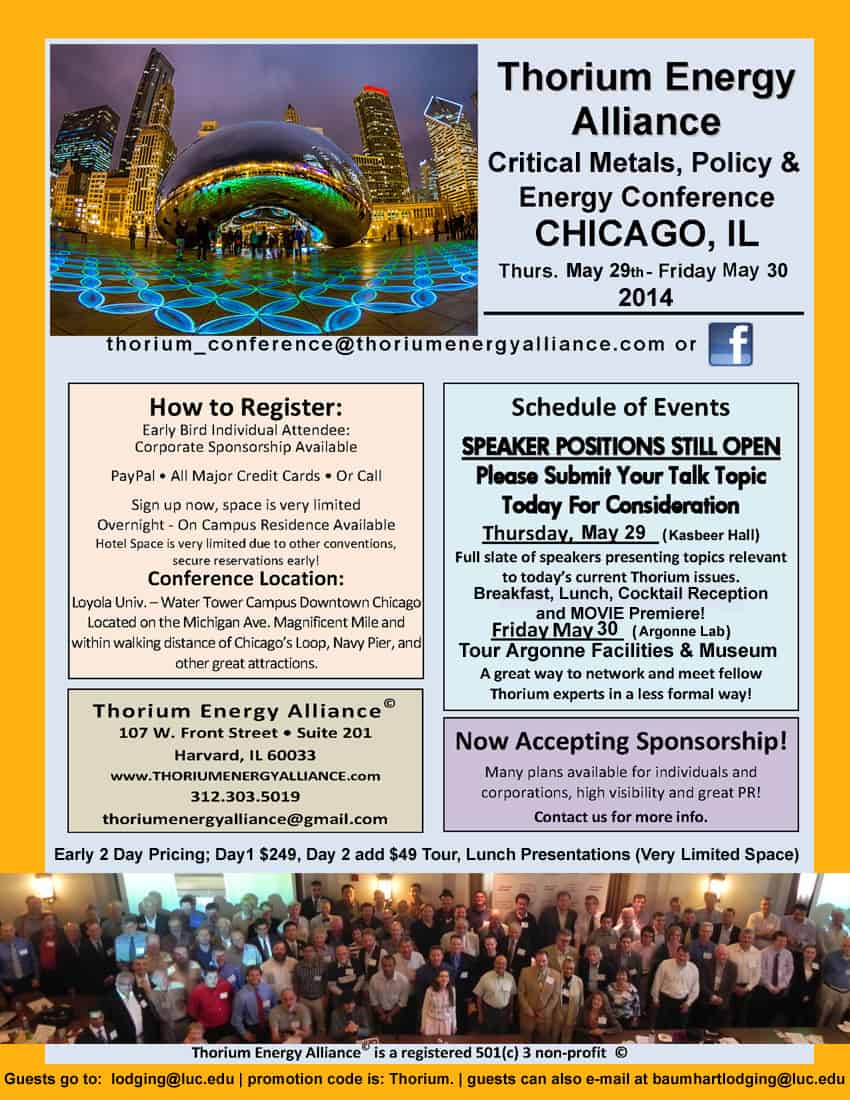Clean and Doable Liquid Fission (LF) Energy Roadmap for Powering Our World
By: Robert Hargraves and Chris Uhlik Introduction This essay responds to an article by Stanford Professor Mark Z. Jacobson et al, 100% Clean and Renewable Wind, Water, and Sunlight (WWS) All-Sector Energy Roadmaps for 139 Countries of the World. Their controversial WWS roadmap has several interesting features and benefits. Coal, natural gas, and petroleum energy…


